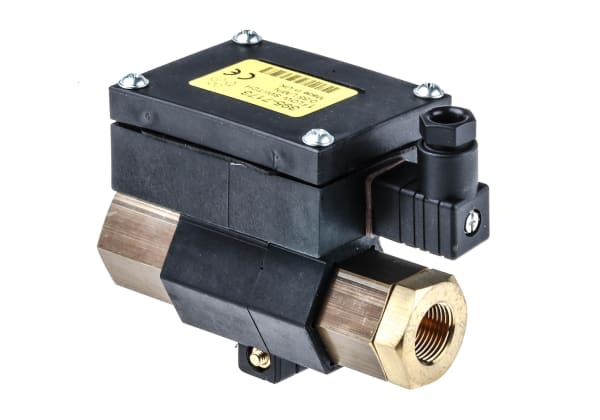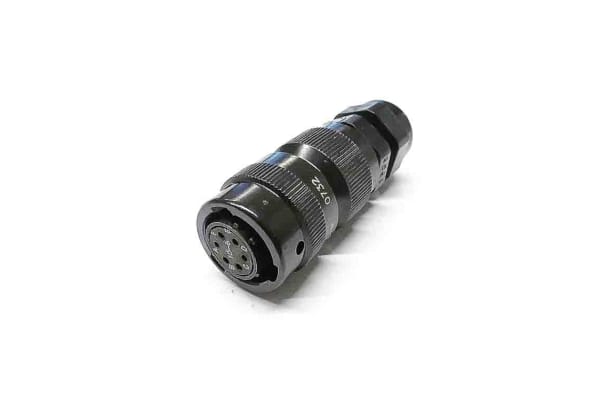- Published 23 Apr 2023
- Last Modified 29 Aug 2023
- 5 min
What is a Flow Meter?
Find out all about flow meters, the different types, and how they can be used.

A flow meter is an instrument used to detect changes in the direction of flow in liquid, gases or vapours. Otherwise known as flow indicators or meters, they continuously measure the movement of substances over certain periods of time.
To choose the right flow meter, it’s important to keep in mind the type of substance that’s being monitored and where it's being measured. Getting the right flow sensors for particular applications means you can get an accurate and reliable rate measurement. As such, it’s important to consider this over other factors, such as a device’s cost.
This article will explain exactly what to look for when choosing a flow meter, outline the different types available, and explore how they can be used most effectively.
How Does a Flow Meter Work?
There are a variety of flow meters available depending on the material that needs to be measured and the specific application where it will be used. Depending on the particular type, a flow meter will measure the volume or mass of the liquid, gas or vapours that pass through it. This will either be tracked continuously or taken at intervals over time.
To take this measurement, the flow meter uses three main parts: the primary instrument, the transducer, and the transmitter. The substances being measured pass through the transducer, which tracks the volume or mass per minute. This produces signals which are interpreted by the transmitter to give the final measurement of flow.
Though this is the standard way flow meters work, different types use alternative methods and produce various units of measurement. Some of the most common units of flow measurement include:
- Litres per second (l/s)
- Kilograms per second (kg/s)
- Actual cubic feet per minute (acfm)
- Cubic metres per hour (m3n/h)
Types of Flow Meter
Depending on the substance you need to track, a flow meter will either need to track pressure, temperature, density, or viscosity. They will also need to be able to adapt to specific applications, such as monitoring flow along a pipe, in a turbine, or through complex gas or water systems.
The main types of flow meters include paddlewheel flow sensors, variable area flow meters, and magnetic inductive flow sensors.
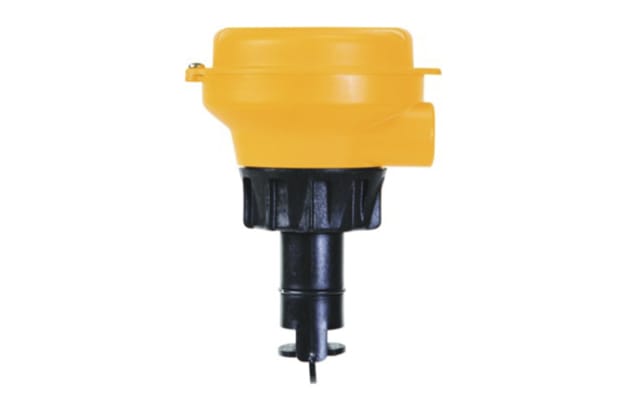
Paddlewheel Flow Sensors
Otherwise known as turbine flow meters, paddlewheel flow sensors are most commonly used as liquid or water flow sensors. At the centre is the paddlewheel, a rotating instrument with paddles that are pushed around by the flow of the liquid it’s set in. The speed at which its pushed will increase or decrease with the flow.
This movement will be detected via the speed of the rotating shaft at the centre of the wheel or in magnetic chips in the paddles. These send signals back to a transmitter or controller. The faster the movement, the more signals are sent, enabling the sensor to get an accurate reading of the flow of the water, chemical or other liquid they’re set in.
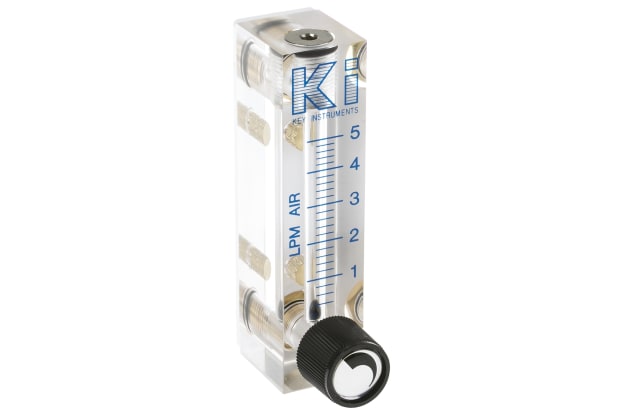
Variable Area Flow Meter
Used to measure the flow rate of liquids or gases, variable area flow meters work by detecting changes in the area created within the instrument. This instrument is a tube with a float or piston inside it that’s connected to some form of pipe system.
As the gas or liquid moves through the variable area flow meter, the piston or float will move up the inside of the tube. The greater the force and speed of the flow, the higher this piston or float will move up the inside of the tube, creating larger amounts of space below it. The area of this space is then measured by the instrument and used to calculate the exact flow rate of the liquid or gas.
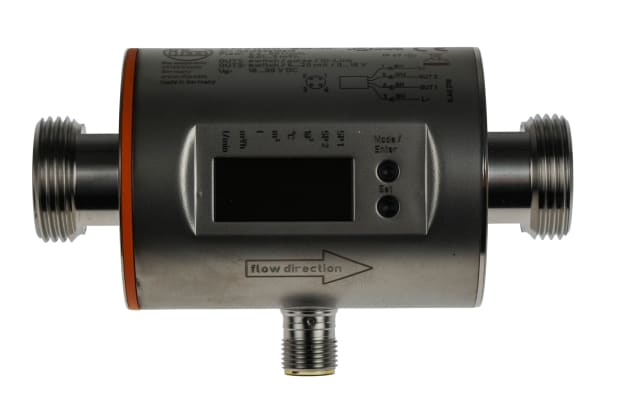
Magnetic Inductive Flow Sensor
This instrument (also known as an electromagnetic flow sensor) works by inducing a magnetic field which the conducting liquid its measuring flows through. As the liquid is conducting, it disrupts the magnetic field and produces a voltage. This change in voltage can then be used to calculate the flow rate of the liquid as it passes through the instrument.
This is an effect known as Faraday’s Law of Electromagnetic Induction and is a principle which is at the base of how these sensors work.
Flow Meter Uses
Depending on the instrument chosen, flow meters will measure the mass, volume, linear or non-linear flow of gases or liquids. This is helpful for those looking to control or monitor:
- Water or gas flow through a pipe system, for example, drainage
- Waste flow through sewage infrastructure
- Chemical or liquid flow across a factory or plant
- The flow of natural gas into households or commercial properties
- Oil, steam, chemical or cooling water flow across industrial processes
By continuously monitoring or taking regular flow rate measurements, flow meters enable the detection of sudden changes or drops in efficiency. This could indicate a problem in the system that’s being measured and help the team fix this inefficiency quickly, preventing downtime and keeping people safe from dangerous substances.
That’s why it’s important to choose the best flow meter for your specific application to guarantee the most accurate reading.
